ELSEVIER | OCEAN ENGINEERING
Autores: Mauro Cortez-Huerta, Rodolfo Sosa Echeverría*, Gilberto Fuentes García*, Rafael Esteban Antonio Durán, José Isaac Ramírez-Macías, Jonathan DW. Kahl
* Ciencias Ambientales | Grupo de Contaminación Ambiental
Abstract
M
aritime traffic has increased worldwide, generating the need to modernize and expand ports. The Port of Veracruz, a central hub on the Gulf of Mexico, is expanding to meet maritime demand. While the project has benefits, it can also have negative aspects, such as air pollution. One activity that can significantly impact air emissions during port expansion is dredging. Therefore, the objective of this study was to quantify the atmo-spheric emissions of criteria pollutants, toxics, and greenhouse gases generated by the dredging activity. For this purpose, emissions estimates resulting from the in-situ dredged volume was integrated considering two types of dredges, the U.S. Environmental Protection Agency methodology with a bottom-up approach and the National Oceanic and Atmospheric Administration’s Automatic Identification System data with a 1 min resolution. The top emissions for criteria pollutants were 70 ± 4.7 Mg/yr of carbon monoxide, for toxics 13 ± 1 Mg/yr of volatile organic compounds, and for greenhouse gases 41,000 ± 4,034 Mg/yr of carbon dioxide, primarily in hotelling. These findings provide vital information for environmental management during port modernization, mainte-nance, and expansion.











